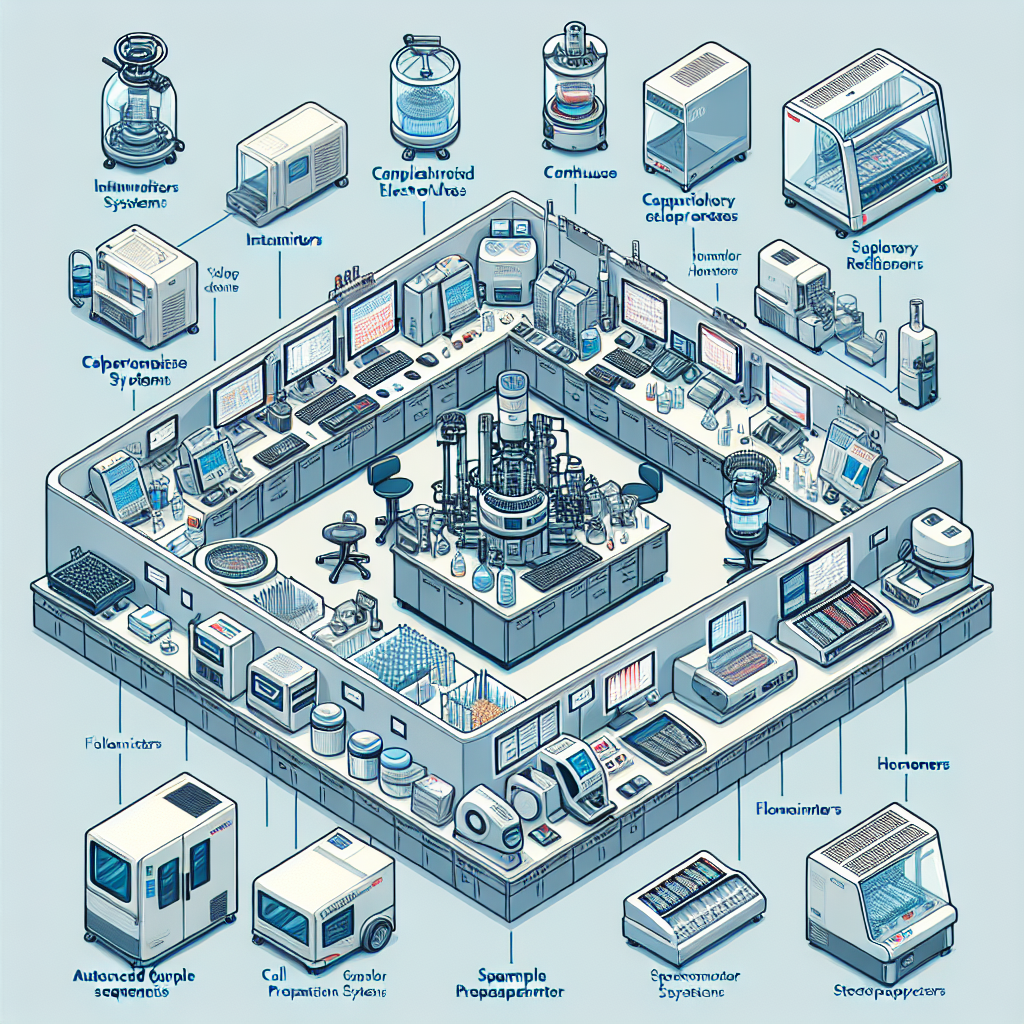
INTEGRITY FARM
THE FUTURE OF GENES AND BLOCKCHAIN


To create a functional product that can be used in various fields of genetic research, whether it's plants, animals, or humans. In the future, we may be able to create plants that can survive in the most extreme conditions, whether it's deserts or the Arctic, while still producing the food necessary to sustain human life. Or trees that can purify the air from pollutants much more efficiently than any existing technologies.
We will be using real-world data to digitize genotypes on the blockchain. On our farm, we plant crops. In our laboratory, we sequence genotypes. With our software, we analyze and transform genotype data. We also provide assistance to others in this process. Are you interested in joining us?"
Dapp with TON blockchain. Tokens will be used in the ecosystem for the transformation of genetic information. Scientists and people from all over the world will be able to add their genetic code to the blockchain
Early Investors (10%)
Early investors are individuals who provide the initial capital needed to launch the project.
Ecosystem (90%)
The remaining 90% of the tokens will be used within the ecosystem on the gene market, with a predetermined monthly release of coins equal to 2% of the total issuance.
The total token issuance is 1,000,000,000
Early Investors own 10% (100,000,000 tokens), while the Ecosystem owns 90% (900,000,000 tokens).

On our farm, we plant crops to conduct research in our laboratory. We also sell the genetics of our plants..
In our laboratory, we sequence genotypes. Recording gene sequences in blockchain represents an innovative and promising approach that can improve the exchange of genetic information, accelerate scientific research, and contribute to the development of medicine.
This method has numerous advantages and can become a key tool in the field of genetics and biology.We also sell services for sequencing genotypes..
With our software, we analyze and transform genotype data using DAPP and web 3.0The Web3 application for recording genetic information on the blockchain will provide users with control over their genomes, ensuring the security and confidentiality of individual genomic information.



